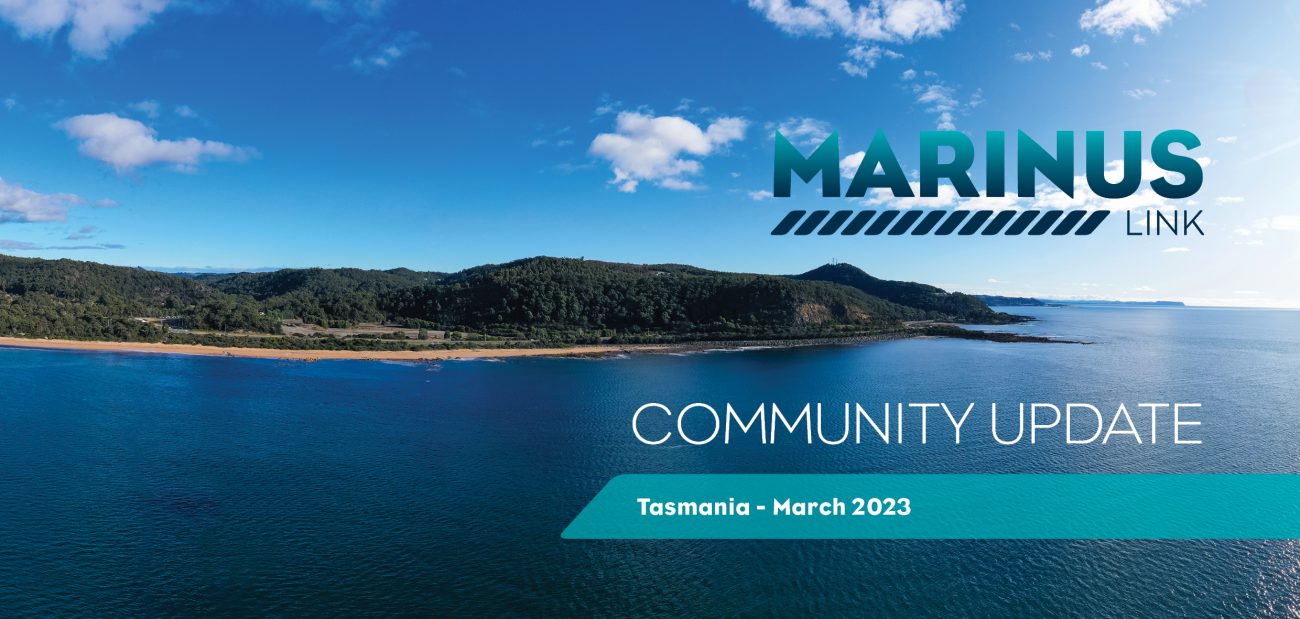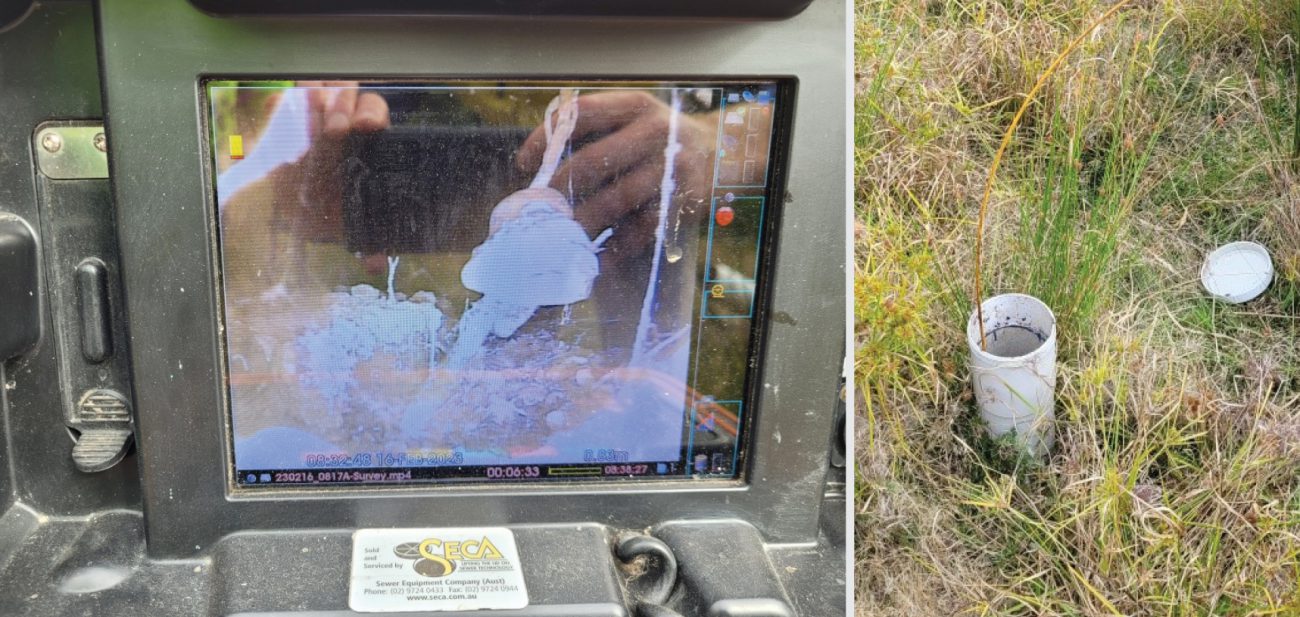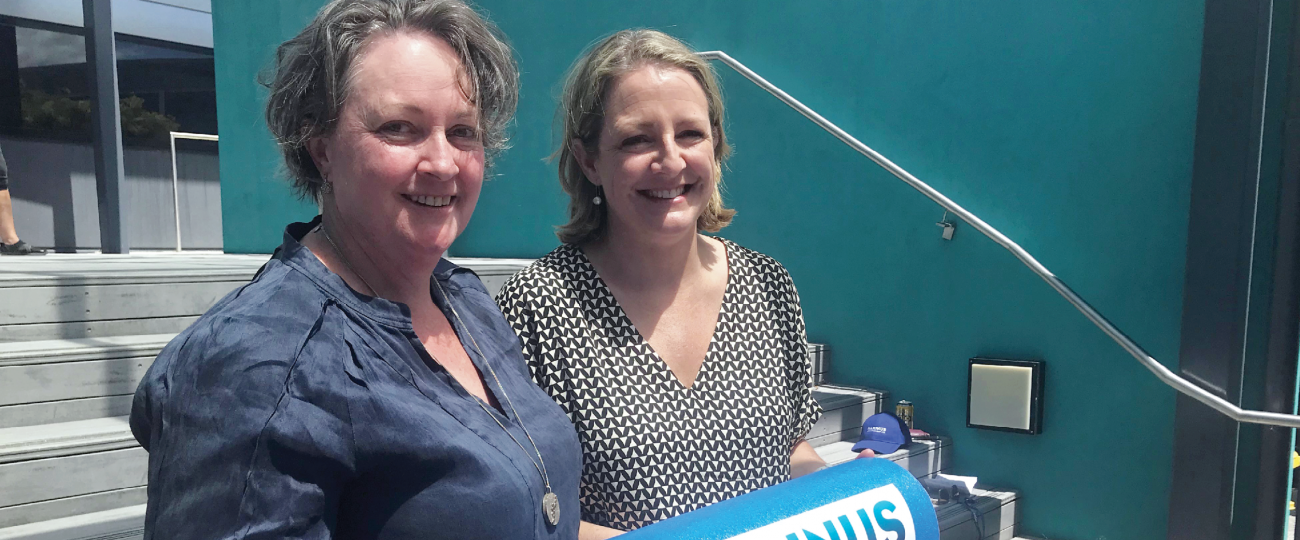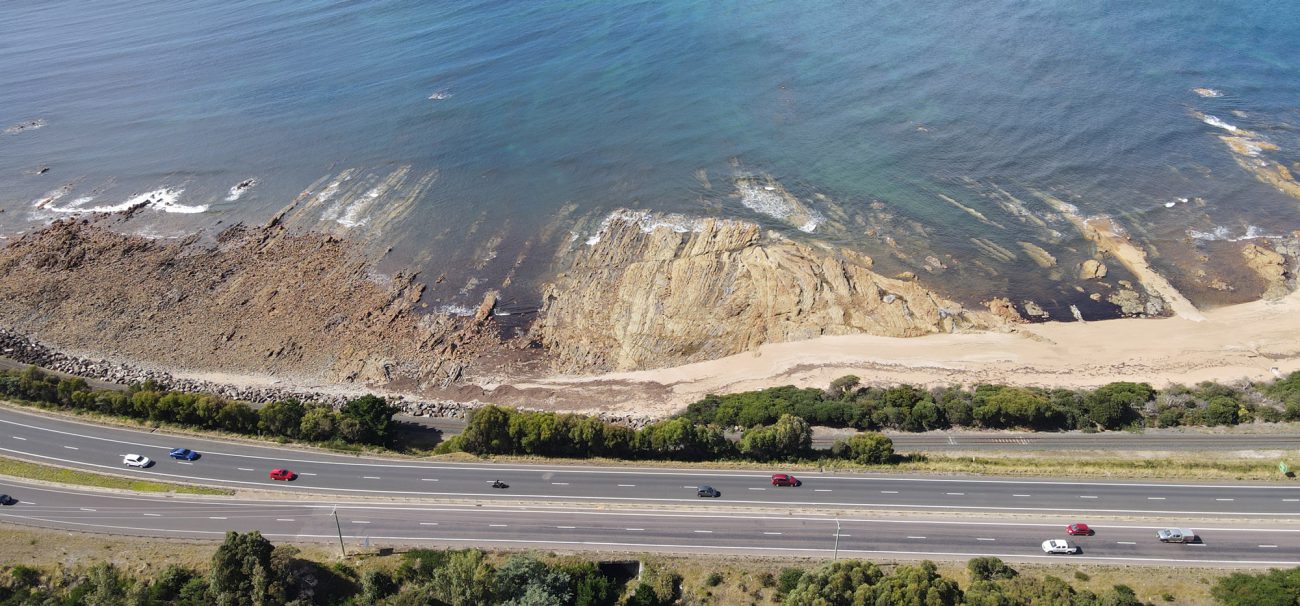
Engaging with you is key to our project
Marinus Link is a complex project which must go through environmental assessments and planning processes. Key to progressing this work is our engagement with the community.
Marinus Link is required to produce an Environmental Impact Statement (EIS) under Commonwealth legislation and a Development Application and an EIS under Tasmanian legislation.
In late March, we hosted two drop-in sessions in Burnie and, in April, we will host two online sessions.
We will have experts, maps and materials designed to help you understand our project and the assessment and planning processes.
Your feedback and concerns from these sessions is important and will be incorporated into our project’s planning for construction and operations.
To find out more about the approvals process, go to marinuslink.com.au/environmental-approvals.
Previous engagement opportunities
Burnie
When: Friday, 17 March – 2:00-4:00pm
When: Saturday, 18 March – 10:00am-12:00pm
Where: Future Energy Hub, Cradle Coast Authority, 1-3 Spring Street, Burnie
Upcoming engagement opportunities
Webinars
When: Tuesday, 4 April – 2:00-3:00pm
When: Wednesday, 5 April – 6:00-7:00pm
Where: Online – visit our website to register: marinuslink.com.au/engagement
Work continues in Heybridge
Surveys and investigations at our proposed converter station site in Heybridge will continue into 2023. Ecology surveys of the site are ongoing, and recently we surveyed the land for underground services additional to those identified in ‘Dial Before You Dig’ records.
This activity ensures we know what is present underground prior to any building work taking place, as well as what infrastructure may be usable during construction.
We successfully tested and located the water network inside our property, including the sewer line. We also mapped out the underground electrical cables and the underground Telstra cables.
Landscape and visual assessments have also taken place in Heybridge to help us to identify the potential visual and landscape impacts (and ways to avoid them) of the proposed converter station.
Testing also continues at the site for contamination and acid sulphate soils. These tests involve collecting soil samples from test pits, which are dug using an excavator.
The samples will then undergo analysis to determine if any contamination or acid sulphate soils are present. We are also testing surface water on the site to establish a baseline of the water quality.
Why are these surveys important? The land at the proposed converter station site in Heybridge was once home to a tioxide factory. While the land has undergone remediation, these surveys will determine whether there is historical contamination from the factory or other activities, and assist us with our environmental management plan for the site.

Marinus Link CEO passes the leadership baton
We welcome Caroline Wykamp as the interim CEO of Marinus Link.
Caroline is an authority in energy markets with over 25 years’ experience spanning wholesale, retail and renewable markets. She has had senior positions with large commercial organisations including Hydro Tasmania, Origin Energy and Jemena.
Upon announcing her resignation, outgoing CEO Bess Clark said the timing was right to pass the leadership baton.
“I’ve given the decision a huge amount of thought and I feel very comfortable that it’s the right time for me, and for the business, to move to new leadership to take the project forward into its next phase,” Bess said.
“I’m very proud of all that our team has achieved progressing Marinus Link’s feasibility, business case assessment and design and approvals phases, on the pathway to deliver low-cost, reliable and clean energy for generations to come.”
Caroline will be supported by Bess for her first three months to ensure a complete handover.
“I will continue to be a strong supporter of Marinus Link in the years ahead, as the team works to unlock Australia’s renewable energy future,” Bess said.

Marinus Link releases tenders for major equipment
Another significant milestone for Marinus Link was the recent release of the international tenders for the design, manufacture, construction, and commissioning of key equipment.
Marinus Link’s Program Management Executive Manager, Craig Moody, said major infrastructure projects normally go through a competitive tender process ahead of a financial investment decision (FID).
In the case of Marinus Link, we have not made any commitment to tenderers that the project will proceed.
“The release of the international tender means that Marinus Link will be able to secure cable and converter station equipment if and when the project is approved,” Craig said.
The tender process requires international companies to work with Australian and local suppliers and businesses, which means jobs for locals in both Victoria and Tasmania, as well as increased economic activity as a direct result of the project.
“Interconnectors are in high demand worldwide – there is a long wait list for the specialised, key equipment needed to build Marinus Link. This is largely because of coal generators retiring and the energy crisis in Europe,” Craig said.
This process will ensure we have every possible chance of securing the supply of critical equipment ahead of the FID, scheduled for December 2024.

Answering your questions
What will the future of energy look like in Tasmania with Marinus Link?
To grow, innovate and create greater prosperity for Tasmanians we need access to an increasing supply of low-cost, reliable and clean energy. Marinus Link unlocks access to both clean energy sources (such as wind and solar) in Tasmania and mainland Australia. Marinus Link will also allow Tasmania to gain further value from our existing hydro capacity, which will become a ‘premium product’, as well as enable the development of new pumped hydro energy storage.
Will Marinus Link impact marine life in Bass Strait?
Impacts to marine life was a key consideration when selecting the proposed route in Bass Strait. Studies show there is minimal marine life present along the proposed route between Tasmania and Victoria. Installation of the undersea cable will disturb the seabed during the construction period. However, the experience from other subsea cable projects, like Basslink, shows that disturbances are minimal. Studies from Basslink have also shown there is no significant long-term impact on the seabed from the installation of subsea cables.
Who will deliver Marinus Link?
Marinus Link is being delivered by Marinus Link Pty Ltd, a subsidiary of TasNetworks, which is a regulated government electricity network business owned by the state of Tasmania. Marinus Link has funding from the Australian and Tasmanian governments to progress the design and approvals phase of the project. An agreement has also been announced between the Tasmanian, Victorian and Australian governments to co-fund the delivery of Marinus Link.
How long is Marinus Link expected to operate?
Marinus Link will ideally operate 24 hours per day, every day of the year over an anticipated minimum 40 years. At the end of this time, it will be decommissioned or upgraded to extend its operational lifespan.
If Marinus Link is decommissioned, all above-ground infrastructure will be removed, and any associated land returned to the previous land use or as agreed with the landowner. All underground infrastructure will be decommissioned in accordance with the requirements of the time.
